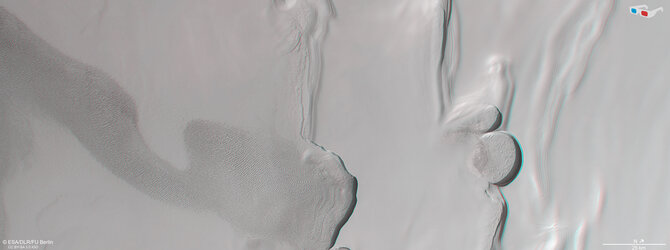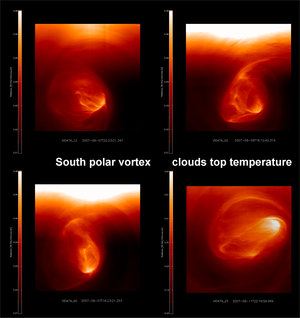Accept all cookies Accept only essential cookies See our Cookie Notice

About ESA
The European Space Agency (ESA) is Europe’s gateway to space. Its mission is to shape the development of Europe’s space capability and ensure that investment in space continues to deliver benefits to the citizens of Europe and the world.
Highlights
ESA - United space in Europe
This is ESA ESA facts Member States & Cooperating States Funding Director General Top management For Member State Delegations European vision European Space Policy ESA & EU Space Councils Responsibility & Sustainability Annual Report Calendar of meetings Corporate newsEstablishments & sites
ESA Headquarters ESA ESTEC ESA ESOC ESA ESRIN ESA EAC ESA ESAC Europe's Spaceport ESA ESEC ESA ECSAT Brussels Office Washington OfficeWorking with ESA
Business with ESA ESA Commercialisation Gateway Law at ESA Careers Cyber resilience at ESA IT at ESA Newsroom Partnerships Merchandising Licence Education Open Space Innovation Platform Integrity and Reporting Administrative Tribunal Health and SafetyMore about ESA
History ESA Historical Archives Exhibitions Publications Art & Culture ESA Merchandise Kids Diversity ESA Brand Centre ESA ChampionsLatest
Space in Member States
Find out more about space activities in our 23 Member States, and understand how ESA works together with their national agencies, institutions and organisations.
Science & Exploration
Exploring our Solar System and unlocking the secrets of the Universe
Go to topicAstronauts
Missions
Juice Euclid Webb Solar Orbiter BepiColombo Gaia ExoMars Cheops Exoplanet missions More missionsActivities
International Space Station Orion service module Gateway Concordia Caves & Pangaea BenefitsLatest
Space Safety
Protecting life and infrastructure on Earth and in orbit
Go to topicAsteroids
Asteroids and Planetary Defence Asteroid danger explained Flyeye telescope: asteroid detection Hera mission: asteroid deflection Near-Earth Object Coordination CentreSpace junk
About space debris Space debris by the numbers Space Environment Report In space refuelling, refurbishing and removingSafety from space
Clean Space ecodesign Zero Debris Technologies Space for Earth Supporting Sustainable DevelopmentLatest
Applications
Using space to benefit citizens and meet future challenges on Earth
Go to topicObserving the Earth
Observing the Earth Future EO Copernicus Meteorology Space for our climate Satellite missionsCommercialisation
ESA Commercialisation Gateway Open Space Innovation Platform Business Incubation ESA Space SolutionsEnabling & Support
Making space accessible and developing the technologies for the future
Go to topicBuilding missions
Space Engineering and Technology Test centre Laboratories Concurrent Design Facility Preparing for the future Shaping the Future Discovery and Preparation Advanced Concepts TeamSpace transportation
Space Transportation Ariane Vega Space Rider Future space transportation Boost! Europe's Spaceport Launches from Europe's Spaceport from 2012Latest

'Polar-sitting' orbit
Thank you for liking
You have already liked this page, you can only like it once!
Tomorrow’s orbit today? This image shows how a large solar sail-equipped satellite could partly offset Earth’s and the Sun’s gravity with the slight but steady pressure of sunlight to hover above the Arctic or Antarctic, enabling continuous coverage of high-latitude regions for climate observation or regional communication services.
“Standard space missions employ conventional elliptical ‘Keplerian’ orbits,” comments Colin McInnes, Professor of Engineering Science at the UK’s University of Glasgow.
“However, our VisionSpace project has been investigating novel families of orbits and space systems across a broad range of sizes that could make use of additional factors such as solar radiation pressure, air drag or gravitational interactions.
“The space systems range from microscale applications such as satellite swarms and dust clouds, to mesoscale large deployable space webs and solar sails, all the way up to macroscale solutions such as asteroid capture.”
VisionSpace was a five-year project ending in 2014 to research space system engineering across the extremes of size, funded by the European Research Council.
Prof. McInnes, who oversaw the project while at the University of Strathclyde, was recently invited to ESA’s ESTEC technical centre by the Agency’s Advanced Concepts Team to highlight the project’s findings.
The ACT is tasked with peering beyond the horizon of current space projects. Further information on ESA's activities concerning Earth's polar regions can be found on the ESA Space for Earth website.
-
CREDIT
ESA/Hubble/Jeannette Heiligers -
LICENCE
ESA Standard Licence

Polar and Sun-synchronous orbit

Mars north polar ice cap

Mars’s north polar region in 3D

Mars north polar ice cap in context















 Germany
Germany
 Austria
Austria
 Belgium
Belgium
 Denmark
Denmark
 Spain
Spain
 Estonia
Estonia
 Finland
Finland
 France
France
 Greece
Greece
 Hungary
Hungary
 Ireland
Ireland
 Italy
Italy
 Luxembourg
Luxembourg
 Norway
Norway
 The Netherlands
The Netherlands
 Poland
Poland
 Portugal
Portugal
 Czechia
Czechia
 Romania
Romania
 United Kingdom
United Kingdom
 Slovenia
Slovenia
 Sweden
Sweden
 Switzerland
Switzerland

























